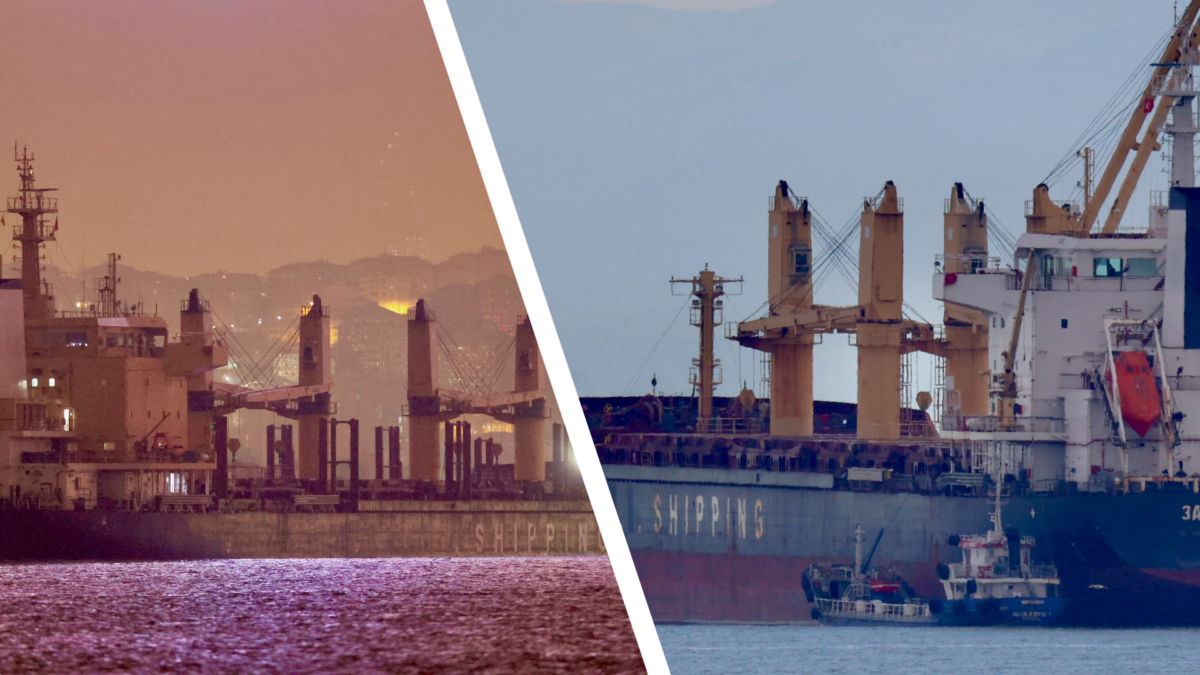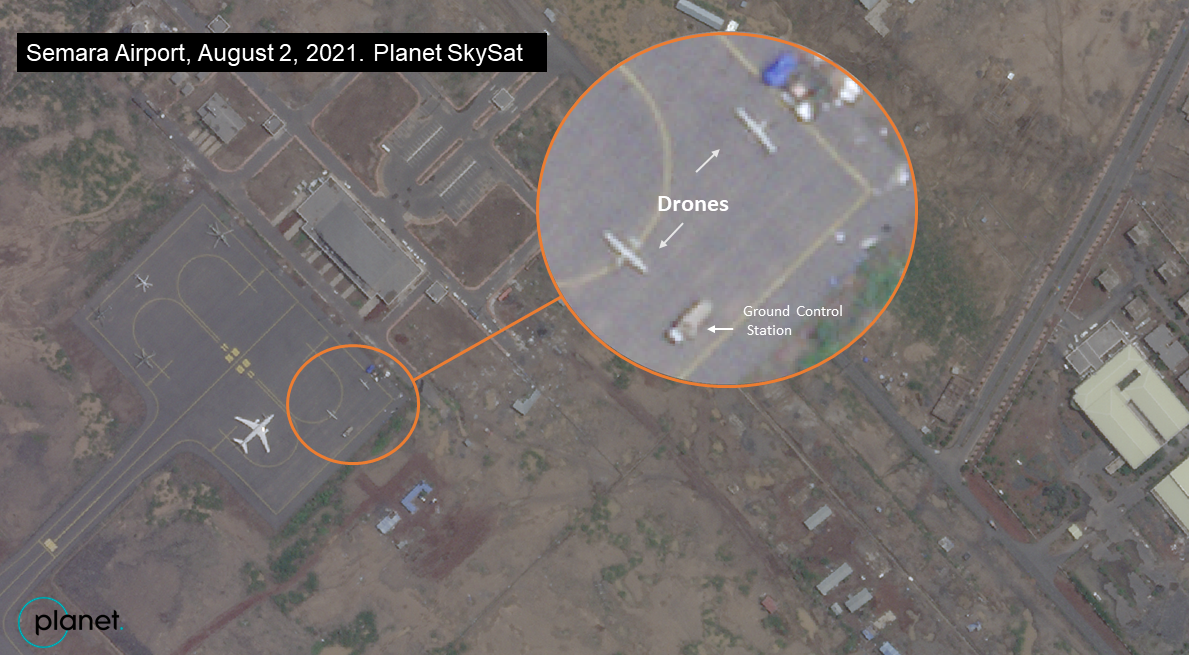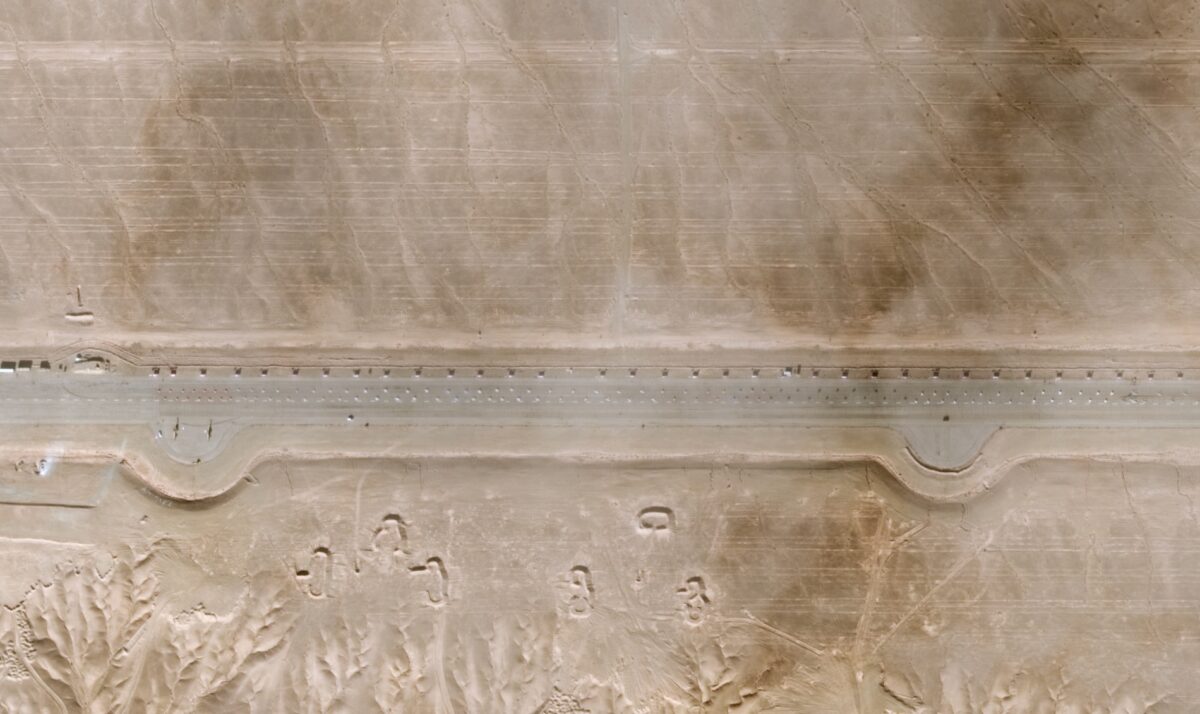Iran Builds A New Tanker at Sadra
Iran’s Sadra Island shipyard is currently constructing another AFRAMAX tanker, satellite imagery acquired by Planet Labs confirms.
Workers at the shipyard began laying the keel in late April 2018 but very little progress was made until November—the targeted month for the return of U.S. oil sanctions. New international orders have not been revealed in public reporting which suggests that the tanker will be delivered to the domestic market (despite denials). Additional crude carriers have not been built at the shipyard since Iran negotiated the construction of three Venezuelan AFRAMAX vessels for PDVSA. The PDVSA tankers however were quietly cancelled and the first vessel, which Iran completed, was sold to a third party. Notably, infrastructure upgrades at the Sadra Island yard remain incomplete. The Goliath crane that was erected in 2012 to help speed-up the delivery of the Venezuelan order has never been utilized. The rail on which the crane may eventually operate still appears inoperable. Additional reclamation activity however has been ongoing throughout 2018, according to imagery.
Between November 2018 and January 2019, new sections of the vessel’s keel were laid in the drydock. These sections were originally part of Venezuela’s second ship and they’ve been sitting next to the dock since 2012. In 2016, President Rouhani’s government placed a 10-tanker order for the Islamic Republic of Iran Shipping Line (IRISL) with South Korea’s Hyundai Heavy, sparking tensions with Iran’s IRGC-associated Khatam Al-Anbia Construction HQ. General Ebadollah Abdollahi, former commander of the group, publicly described the order as ‘treason’. “The Islamic Republic of Iran Shipping Line’s disrespect for the domestic potentials is a treason,” Abdollahi was quoted as saying. In response, Abdollahi echoed a proposal for a consortium between Sadra and ISOICO shipyards to construct the 10 vessels. However to date, ISOICO has never finished a tanker. The one tanker ISOICO attempted to construct in the late 2000s still remains at the Bostanu-based shipyard without its deck house. All things considered, domestic actors may have little confidence in the ability of Iran’s shipyard to deliver the order. But of course, Iran may not have much choice. Over half the vessels the regime operates are more than 15 years old, and oil tankers typically have a lifespan of 20-25 years.
Bottom Line: No Iranian shipyard has fulfilled an order to successfully construct a crude carrier for a domestic customer despite the extraction of rents to do so. However, with the implementation of new sanctions, Iran may be forced back into self-reliance as its crude fleet continues to age.
This post was originally published at Offiziere.ch


